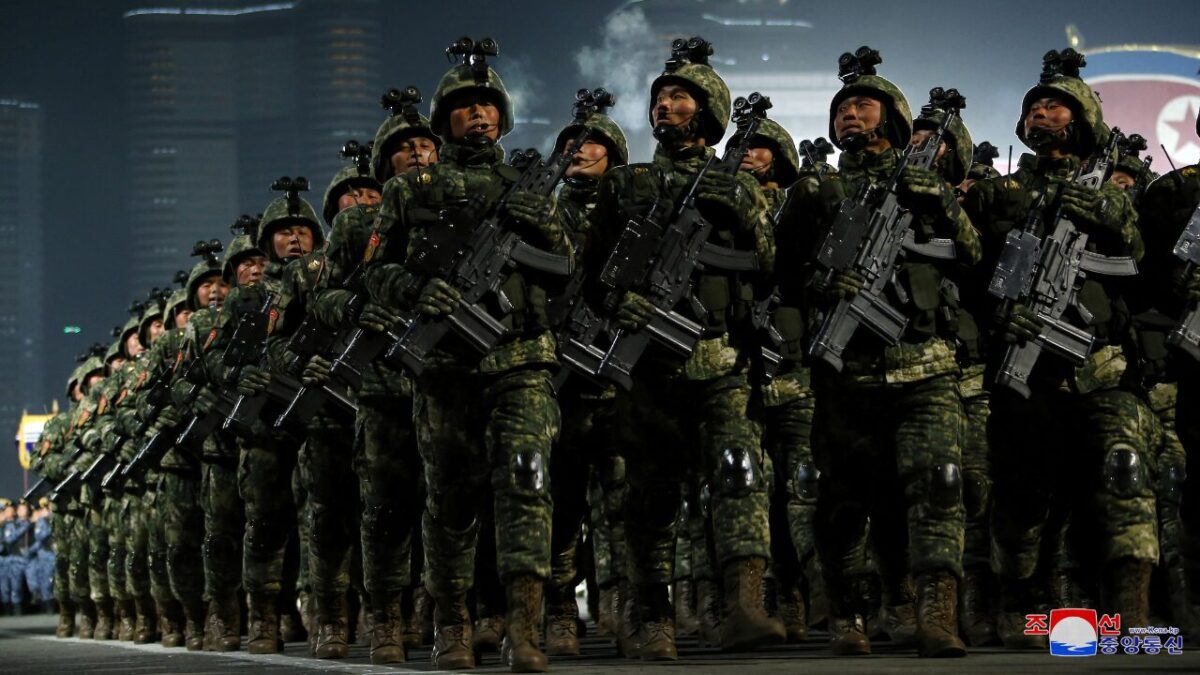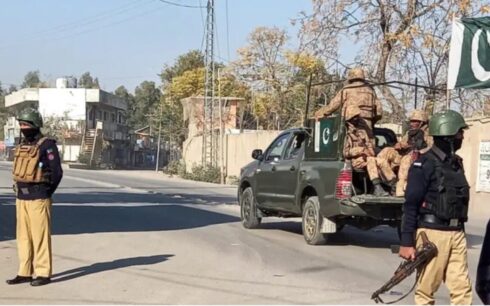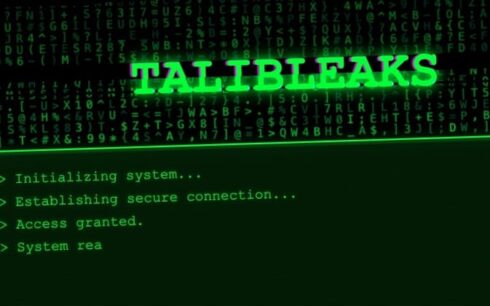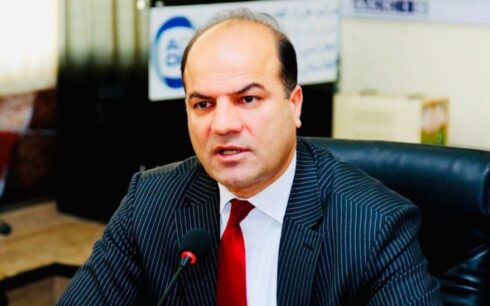On September 9, 1948, North Korea emerged as a state amid the geopolitical contest of the Cold War, established under the shadow of Soviet forces in the north and American forces in the south. The Korean peninsula quickly became a focal point of the era’s ideological conflict. By 1950, as the Cold War intensified and NATO was newly formed, North Korea launched an offensive against U.S.-backed South Korea with significant support from the Soviet Union and the People’s Republic of China. This move enabled North Korea to seize substantial territory in the south before being pushed back by a U.S.-led coalition authorized by the U.N. Security Council. The conflict ended in a ceasefire, establishing a demilitarized zone (DMZ) between North and South Korea, effectively dividing the peninsula into two adversarial states.
While active hostilities ceased, the DMZ was never a peace agreement. The armistice marked only a pause in conflict, leaving both nations technically at war—a status that persists over seven decades later. During this period, North Korea, under the leadership of Kim Il Sung (1912–1994), began to consolidate its military capabilities with robust support from the Soviet Union and China. This support extended through Kim’s successors, his son Kim Jong Il (1944–2011) and his grandson Kim Jong Un, the current leader. Under their rule, North Korea has developed its military might, transitioning from a regional threat to a global concern with its arsenal of nuclear weapons and advanced missile systems.
North Korea’s military strategy, forged during the Cold War, was backed by Soviet and Chinese support. This focus on military strength has continued unabated, even after the Soviet Union’s dissolution. Today, North Korea boasts a substantial military force of approximately six million, comprising 1.5 million active-duty soldiers and 4.5 million reservists. The country has advanced its weapons technology and developed nuclear capabilities that not only make it a power in Asia but a global player capable of influencing security dynamics far beyond its borders.
Since the 1950s, North Korea has positioned itself as a formidable opponent to the U.S. and its allies. This posture was bolstered by its alliances with China and the Soviet Union, which allowed Pyongyang to play a more active role on the international stage. With the end of the Cold War and the decline of direct Soviet support, North Korea’s military ambitions did not wane. Instead, the regime adapted, building its capabilities through self-reliance and continuing to expand its conventional and strategic military resources.
Recent developments have highlighted North Korea’s evolving role in global conflicts. Amid the ongoing war in Ukraine, North Korea has taken an explicit stance in support of Russia, reportedly deploying approximately 10,000 troops to aid Moscow, according to Western intelligence sources. This direct military involvement marks a significant escalation and signals Pyongyang’s willingness to project power far beyond the confines of East Asia.
Historically, North Korea has not shied away from supporting its ideological allies. During the Vietnam War (1955–1975), Pyongyang sent pilots and military equipment to assist North Vietnam. In the 1980s, during the Soviet Union’s occupation of Afghanistan, North Korea provided military advisers and supplies. These precedents underscore Pyongyang’s strategy of aligning with powerful allies to assert its relevance on the global stage.
The involvement of North Korean troops in Ukraine represents a strategic boon for Russia for several reasons:
Tangible Military Support: Russia gains the backing of a military power capable of contributing substantial manpower and resources.
Psychological and Political Significance: The presence of North Korean forces symbolizes a broader anti-Western coalition, reinforcing Moscow’s position in its confrontation with NATO and the U.S.
Addressing Manpower Shortages: With significant troop losses in Ukraine, Russian forces benefit from the infusion of fresh, disciplined North Korean soldiers.
Message to the West: This move signals Russia’s ability to sustain the conflict with external military assistance, countering Western narratives of Russian isolation.
Nuclear Implications: By bringing in North Korea—a state with nuclear capabilities—Russia aligns itself with an ally that could change the strategic calculus of the conflict.
North Korea, for its part, benefits in several ways. Economically strained and under severe Western sanctions, Pyongyang is poised to receive financial and material support from Moscow. Additionally, North Korea stands to gain access to Russian technology, particularly in the military sector, which could enhance its own arsenal and operational capabilities.
For NATO and Ukraine, North Korea’s involvement introduces a new layer of complexity. This development presents a strategic challenge, indicating that the war is evolving beyond a regional conflict into a broader confrontation involving multiple anti-Western powers. North Korea’s willingness to deploy troops far from its territory also signals its readiness to confront NATO indirectly and project power in areas adjacent to the alliance’s sphere of influence.
NATO’s response to these developments has been measured. Analysts suggest that the alliance’s current cautious stance may be influenced by the U.S. presidential election cycle. With Donald Trump poised to re-enter the White House, it remains uncertain how NATO will adapt its strategy. Trump, notably, became the first sitting U.S. president to meet with Kim Jong Un, holding summits in Singapore in 2018 and in Hanoi and at the DMZ in 2019. These meetings set a precedent for direct engagement, but how that experience will shape NATO’s approach under a potential new Trump administration is yet to be seen.
North Korea’s entry into the Ukraine war underscores its long-standing strategy: leveraging its military prowess to secure economic and political advantages while positioning itself as a major player in global security affairs. Pyongyang’s actions have extended its influence from the familiar theaters of East Asia to Europe, presenting a stark reminder that its ambitions and alliances have global implications.
Nasrullah Stanekzai is an expert in political and international affairs and a former professor at the Faculty of Law and Political Science at Kabul University.
The views expressed in op-eds published by Amu are those of the authors and do not necessarily reflect the position of the publication.





